How to Choose the Right Size AC Unit for Your Home
Assess Your Home
Choosing the right size AC unit for your home is important in order to maintain a comfortable climate and keep utility costs under control. The first step in selecting the right-sized AC unit is to assess the size of your home and determine the cooling capacity you need.
In this blog, we'll show you how to accurately measure your home so you can make the right decision.
Measure the size of your home
When deciding on the right size air conditioner for your home, you need to take accurate measurements. Square footage is the primary factor for determining the system size you will need. Going too small can limit cooling capacity, forcing the system to work harder and run longer to cool your home. Too large and you’ll be using more energy than necessary.
Begin by measuring your exterior walls in each room and make a chart of each measurement. Convert all measurements into square footage or multiples thereof (e.g., 8x12 = 96 sq. ft.) Next, add the capacity you need in each area by calculating BTUs (British Thermal Units). BTUs measure the heat transfer necessary to cool your home according to its insulation quality, climate, temperature level, exposure and number of occupants. Generally speaking, estimating a BTU output of 30-35 per square foot is sufficient to efficiently cool a room. You should also consider any attic spaces as they should get their own separate calculation due to their higher airflow rate that may often be overlooked when just looking at wall measurements alone.
After determining total square footage and calculating BTUs, find a respective air conditioning unit that fits these requirements. Air conditioners range in size from 1 Tons up to 5 Tons which correlates roughly between 12000 - 60000 BTU range respectively . Selecting an AC style depends largely on personal preference but keep in mind that pricing increases rapidly with increased size. Determine whether you want a single unit for whole house cooling or prefer multiple units for zoned control applications (e.g., central AC with floor fans controlled by separate thermostats). If choosing multiple units keep in mind that some models don't always provide full coverage across larger spaces so double check product specifications before purchasing an item with only one large plenum rated AC unit design available instead of two separate units categorized as purpose built split systems designed specifically for larger spaces but separate mobile A/C units can provide an alternate method while giving smaller areas basically direct access cooling scenarios
.
Calculate the total square footage
The total square footage of a home is calculated by taking the length and width of each room in the house and multiplying them together. The square footage for the entire house is then totaled by adding up all the individual room's measurements. To get a more accurate estimate, consider spaces that aren't entirely enclosed, such as an open porch or balcony. Knowing your home's total square footage can help you determine the right size air conditioning unit to purchase as incorrect sizing is one common cause of poor A/C performance.
Once you’ve determined your home’s total square footage, refer to the chart below:
- For up to 1,000 sq ft., a 9K BTU is recommended.
- For 1,000–1,400 sq ft., an 18K BTU is recommended.
- For 1,400–1,800 sq ft., a 22K BTU is recommended.
- For 1,800–2,500 sq ft., a 25K BTU is recommended.
- For more than 2,500 sq ft., an additional 5K BTU will be necessary for every 500+ sq ft. addition after 2,500 sqft.
Sizing your central air conditioning unit should be done carefully to ensure it will meet the cooling needs of your home after it has been installed; if it’s undersized it won’t adequately cool your space and higher energy bills can be expected due to constant running times and overworking the system itself in order reach desired temperatures in both summer and winter months when used for heating purposes too!
Consider the climate and insulation
When choosing a cooling system for your home, it's important to consider the climate and insulation of the area where you live. Choose one that is powerful enough to cool your home while also being energy-efficient.
In humid climates, an air conditioner with higher SEER and EER ratings, such as 18 SEER or 13 EER, is best. High SEER (seasonal energy-efficiency rating system) systems come with larger capacity compressors that can run longer to provide better cooling in high humidity areas, reducing stress on the other components of the air conditioner. However, if you live in a dry climate like Arizona or Nevada, lower SEER units are acceptable because humidity isn’t as much a factor as it is in other climates.
When it comes to insulation, an inspected and certified HVAC specialist should evaluate your home's insulation levels because inadequate insulation may require a larger A/C unit than what's recommended for properly insulated homes of similar size and shape. Sufficiently insulated homes require less energy to cool and therefore need smaller capacity A/C units compared to poorly-insulated homes of similar size and shape - reducing potential annual energy costs.
Understand AC Unit Sizes
Before buying a new air conditioning unit for your home, it is important to understand the different sizes and capacities of units available. Knowing the right size unit for your home can help you get the most efficient cooling system.
In this blog post, we'll share the important factors to consider when selecting the right size air conditioning unit for your home.
Estimate the BTU capacity
When purchasing an air conditioning unit, it’s important to buy one that is the right size for your home. If the air conditioner is too large, it will cycle on and off too frequently and use up more energy than necessary. Conversely, if the AC unit is too small it may not be able to cool your entire home on very hot days.
To determine what size air conditioner you need for your home, you must find out how many BTUs (British Thermal Units) per hour your unit should be able to handle. Typically, one ton of cooling capacity accounts for 12,000 BTUs/hour. To estimate the BTU capacity of a cooling system suitable for your home:
- Multiply the square footage of each room by its respective BTU factor as indicated in this chart (example – 200 sq ft x 35 = 7,000).
- Add all figures together (example – 7k + 4k + 3k = 14k)
- If a room has more than one heat source such as a window with direct sunlight or multiple occupants in the room, then increase that figure by 10 percent or more to compensate.
- Add any additional factor(s) from this chart which may apply to certain conditions such as humidity levels in the region or number of windows open in various rooms.
- Take into account any existing heating sources within the building such as fireplaces or wood stoves located within a certain area of your house that must also be cooled when selecting an AC unit size since these items produce additional heat inside even though they are not central forced air systems. The size of your current furnace may also give you some idea about what sized air conditioner is necessary for adequate cooling results during those hot summer months!
Choose the right SEER rating
When choosing an air conditioning unit, one of the most important factors to consider is the SEER rating. SEER stands for Seasonal Energy Efficiency Ratio and it measures how efficient the system is in producing cooling output over a period of time. The higher the SEER rating, the higher efficiency and lower energy bills you can expect from your air conditioning system.
In general, ACs should have a minimum SEER rating of 13. United States Environmental Protection Agency (EPA) approved ratings range from 13-21+, with 21+ the most efficient to best protect our delicate environment. The ratings refer to an average so choose a unit with a high SEER rating that fits your budget and residential needs.
Depending on where you live, local laws or ordinances might require you to install an AC unit with a minimum SEER rating as well; be sure to confirm this before purchasing an AC system. If you live in Florida or any other area in zone 5 that typically experiences high temperatures, choose at least a 16+SEER rated unit for maximum efficiency and cost savings on your energy bill during those hot summer months!
Consider the type of unit
Before you can determine the size of air conditioner you need for your home, it is important to consider the type of unit you'll be selecting. Single-stage, two-stage and variable speed units are all available and each offers a variety of features to maximize performance.
Single-stage models are typically less expensive and provide single-speed control. Two-stage models feature two levels of cooling output, offering maximum flexibility and improved comfort. Variable speed models allow modulation in cooling output level over the course of the cooling cycle to keep temperatures more consistent throughout your home.
Understanding which type best meets your needs can help determine what size air conditioner is right for your home.
Consider Your Budget
When choosing the right size of AC unit for your home, budget should be the first thing to consider. The cost of an AC unit varies based on the size and features. Some units may cost more than others due to the size and features. Additionally, the installation fee for each AC unit can vary depending on the size and features.
It's important to research and compare the costs of several models before making a purchase.
Determine your budget for installation
Once you have taken the time to calculate your cooling needs, it is important to determine how much of your budget is available for an air conditioning unit. When setting a price limit, consider the cost of installation and any other associated costs such as ductwork. According to Energy Star, an additional 30-50% of the cost of a unit must be allocated for installation.
It is essential that you allow your budget to work in tandem with your energy usage calculation in order for you to identify the most suitable and efficient system for your home. Remember, buying a larger unit does not mean cooler temperatures quicker; it will most likely lead to higher energy costs and worse efficiency ratings overall. It is also essential that you research local rebates on energy efficient air conditioners as this could reduce or even eliminate outright out of pocket cost for equipment when combined with both state and federal initiatives.
Research energy-efficient units
In order to save money in the long run, researching energy-efficient air conditioner units is essential. Although they can cost more up-front, by selecting a unit with a higher energy efficiency rating (EER), you’ll be sure to see an immediate difference in your monthly cooling bill—and it’s an investment that will pay off year after year. You can often find out the EER of different units by checking the EnergyGuide label attached to the product or through EnergyStar.gov.
Newer central A/C models are often workhorses when it comes to reducing energy consumption. The minimum SEER ratings for air conditioners has increased from 10 (1995-2001) 13 (since 2002), meaning newer units save more money on operational costs than older models. Make sure you do your research, as you want to find a unit that is both powerful enough and economical enough for your specific home and situation. Your local HVAC professionals can also help during this process by providing more detailed product information and helping you determine which unit is right for you home and budget.
Calculate the cost of operation
Calculate the cost of operating a smaller or larger air conditioning unit by considering the following factors:
- The annual cost of electricity. In order to calculate this, you need to know the installed tonnage rating (BTU/h) of your existing or planned AC system, as well as the average price for a kilowatt hour (kWh) of electricity in your area.
- The annual service costs. Make sure to factor in maintenance, repair and replacement costs of various models and sizes into your budgeting process. For instance, AC units that are too large will strain their components and require more frequent repairs and replacements than those that match their output capacity range.
- The price of cooling technologies that increase energy efficiency, such as zoning systems and energy efficient fans.
It's important to remember that the technology in effect today significantly decreases electricity consumption compared to what it was just ten years ago; therefore, it may be worthwhile to consider investing in an energy efficient system if it is within your budget.
Get Professional Help
Choosing the right size air conditioning unit for your home is an important decision and not one to be taken lightly. To ensure that you get the right size AC unit and that your home stays comfortable all year round, it is always best to get professional help.
A professional HVAC technician can help you decide on the right size and type of AC unit that meets your needs while also considering factors like the ambient temperature and size of the area you need to cool.
Contact a certified HVAC technician
Choosing the right size air conditioning unit for your home is an important decision in terms of energy efficiency and comfort. One factor that should not be overlooked is the size of your home—not all homes are equal in terms of their air conditioning needs, so getting expert advice from a certified HVAC technician is essential.
A certified HVAC technician will conduct a thorough assessment of your specific home’s characteristics and heating needs by performing an analysis known as a “load calculation” or “energy calculation”. This will take into account all factors such as home size, windows, type and age of insulation, landscaping orientation and air infiltration, number and types of occupants, how efficiently windows pour heat into the house during warmer months, type of existing system and more. Once this load calculation has been completed, it can be used to select the recommended central cooling system size based on Maximum Allowable Total Cooling Capacity (MACC) cooling output versus actual sensible cooling internal load requirements.
Don't leave this decision to chance—contact a certified HVAC technician today for professional help in selecting the right size AC unit for your home's individualized needs!
Ask questions about the size and type of unit
Before purchasing an AC unit for your home, it is important that you understand not only the basics of air conditioning, but also the specifics of your own home and needs. Choosing the correct size and type of unit for your space and lifestyle can be difficult to figure out by yourself.
Talking with an experienced professional is a great way to apply their industry knowledge and get clarity on what will work best for your individual situation. Most heating and cooling companies offer free or no-cost consultations to help determine the right size and type of system you should get. Your consultant will likely ask significant questions about square footage of your home, occupancy rate, insulation levels, type of windows you have, climate zone you live in, and availability of shade on east/west sides of house etc. A good consultant will take the time to review all these factors properly with you before recommending any A/C units for installation.
It’s important to remember that an improperly sized AC unit won’t provide optimal performance—it may struggle during summer months when temperatures soar outside—so it’s best to invest some time upfront researching in order to avoid future issues down the line. Seeking professional advice from an experienced air conditioner inspector can be a smart decision as they are trained in regulatory requirements regarding AC installation standards as well as identifying any potential areas for troubleshooting or replacement requirements before such situations arise.
Discuss your budget and energy efficiency goals
Before starting your energy efficiency improvement project, it is important to discuss your budget and what you hope to achieve. It may be helpful to work with an experienced energy consultant in order to make the most cost-effective decisions while meeting your efficiency goals. A consultant can also help you understand available incentives from energy providers and utility companies.
An energy consultant will perform an energy audit to measure the amount of air infiltration and insulation in your home. With this data, a report can be generated which will show where improvements can be made in order for the greatest savings. The report should also provide various solutions and estimated costs for each so you can make educated decisions when deciding on how best to improve efficiency.
Additionally, a comprehensive assessment of all elements that contribute to energy usage will be performed; including air conditioning systems, ventilation systems, hot water heaters, lighting systems, among many others. This helps identify areas of improvement that you may have not known existed or thought about before.
If you are planning on making certain projects yourself, do consider consulting with a professional first so that all steps are properly followed for maximum results and safety is observed throughout execution of the project.
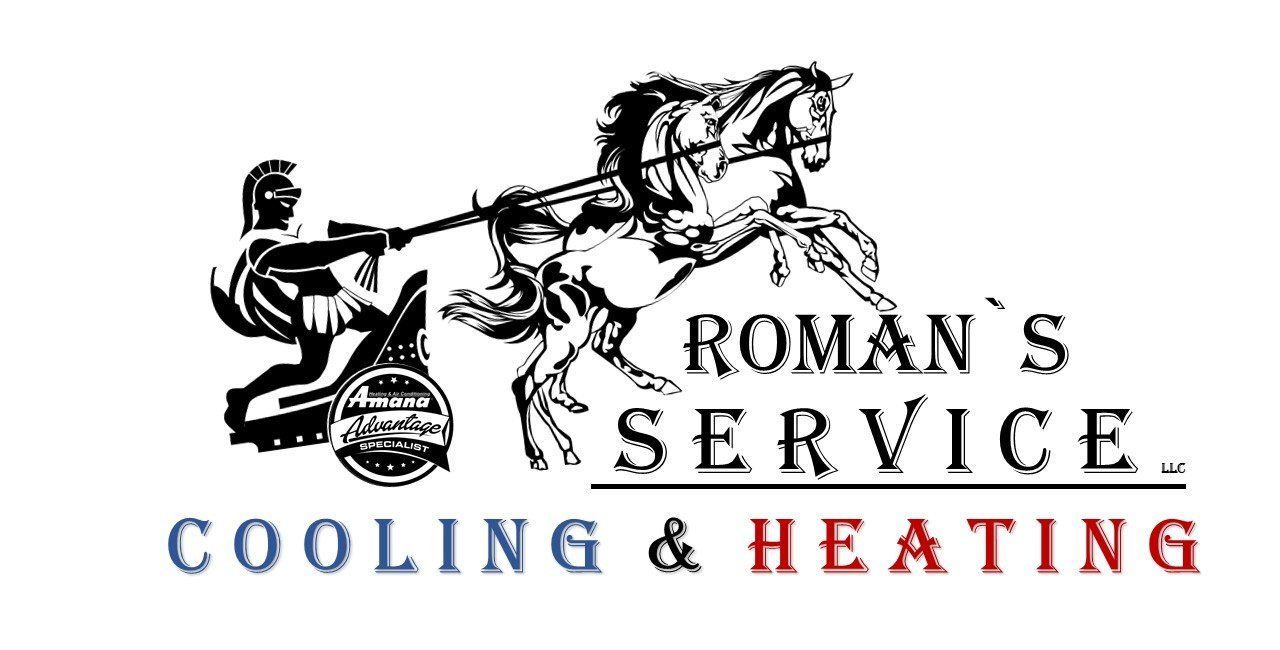
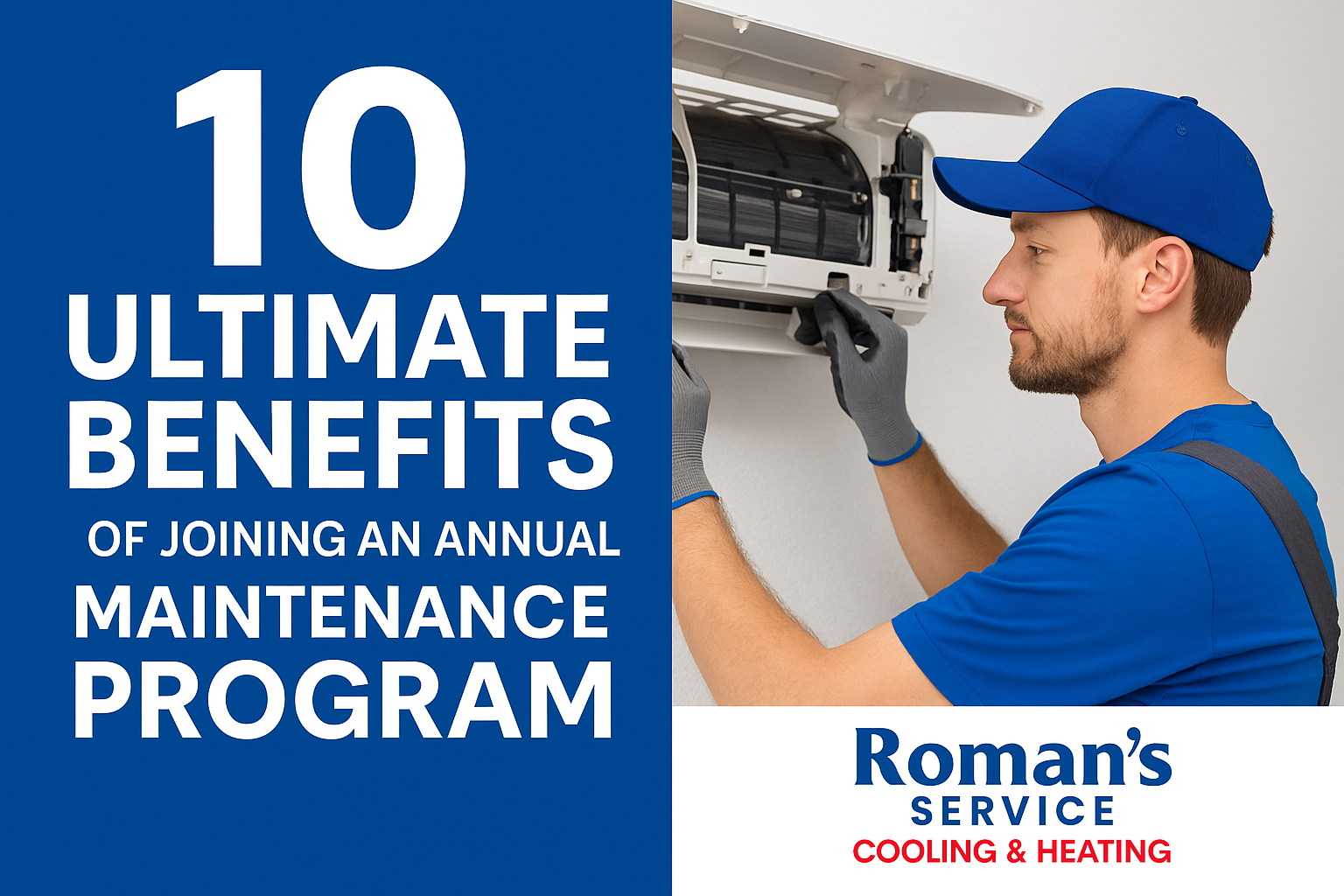
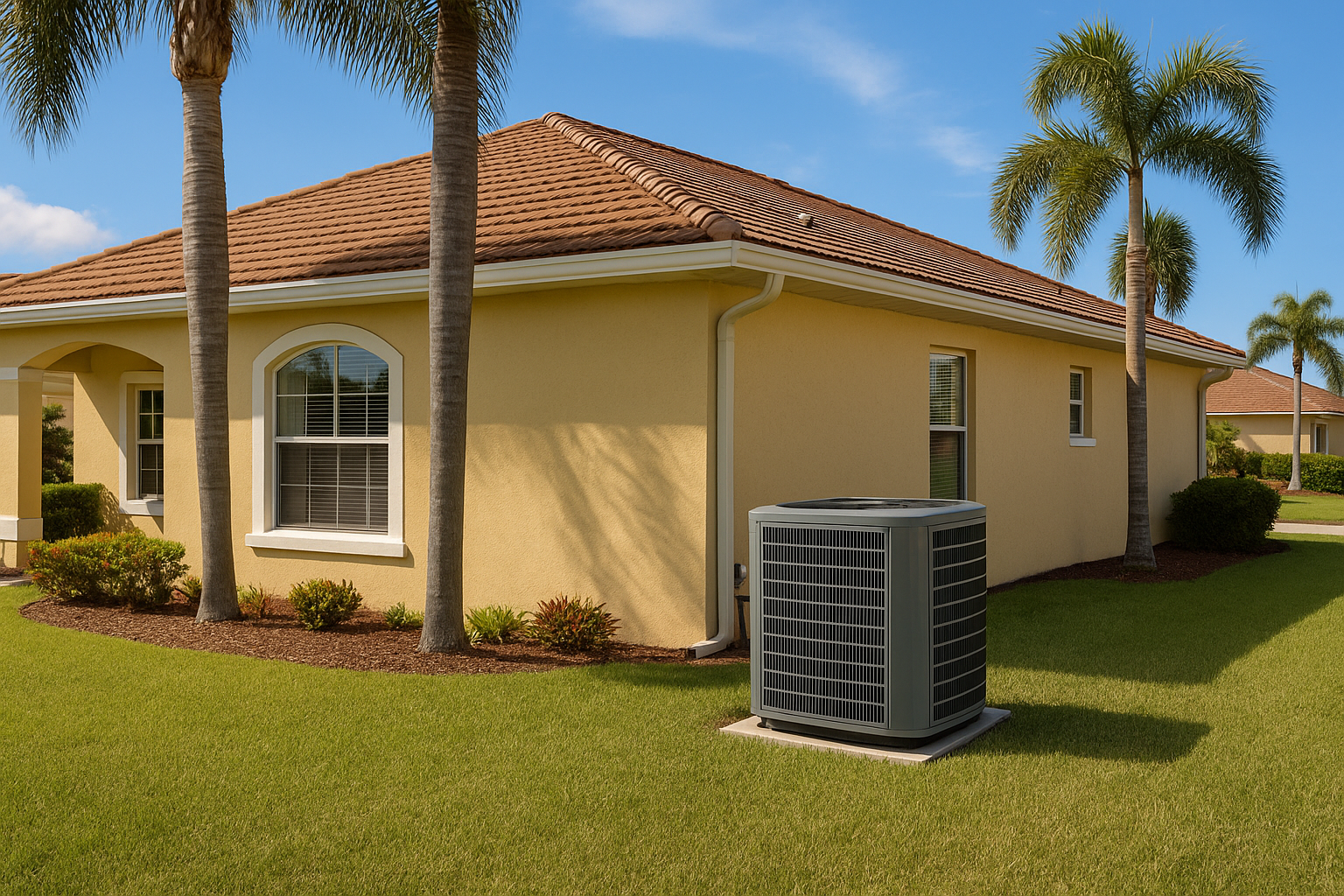


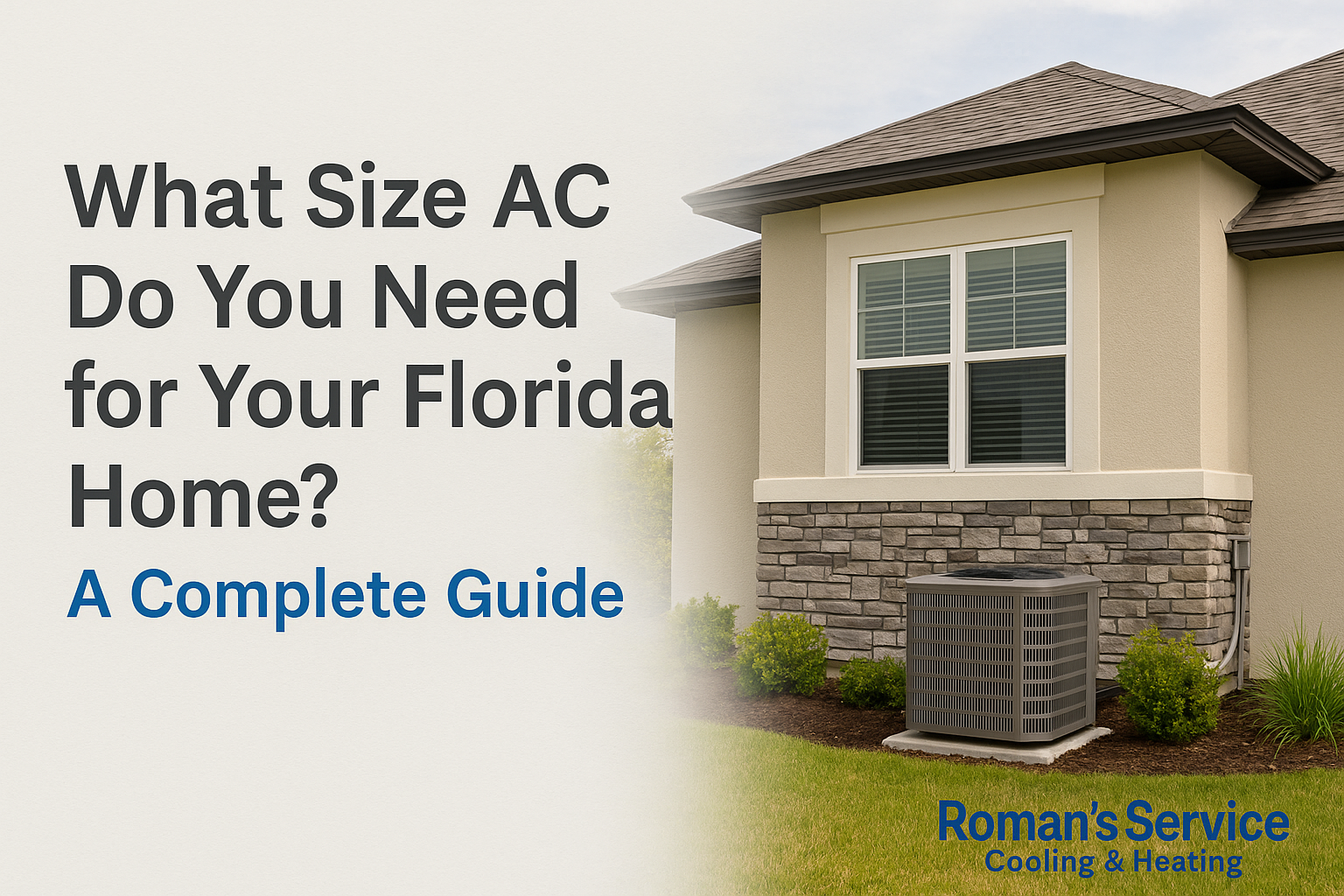



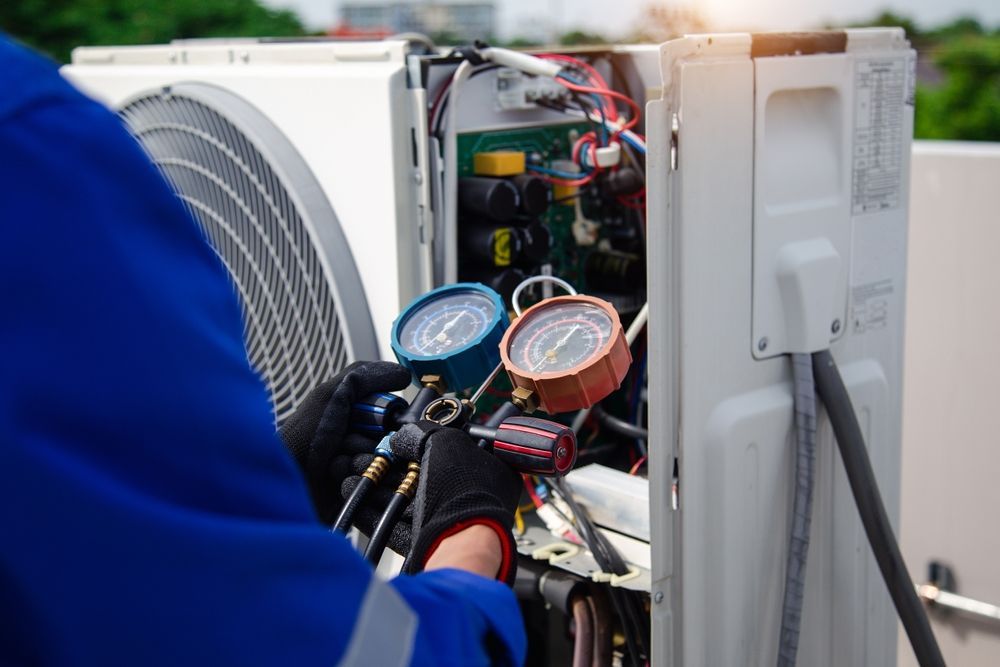
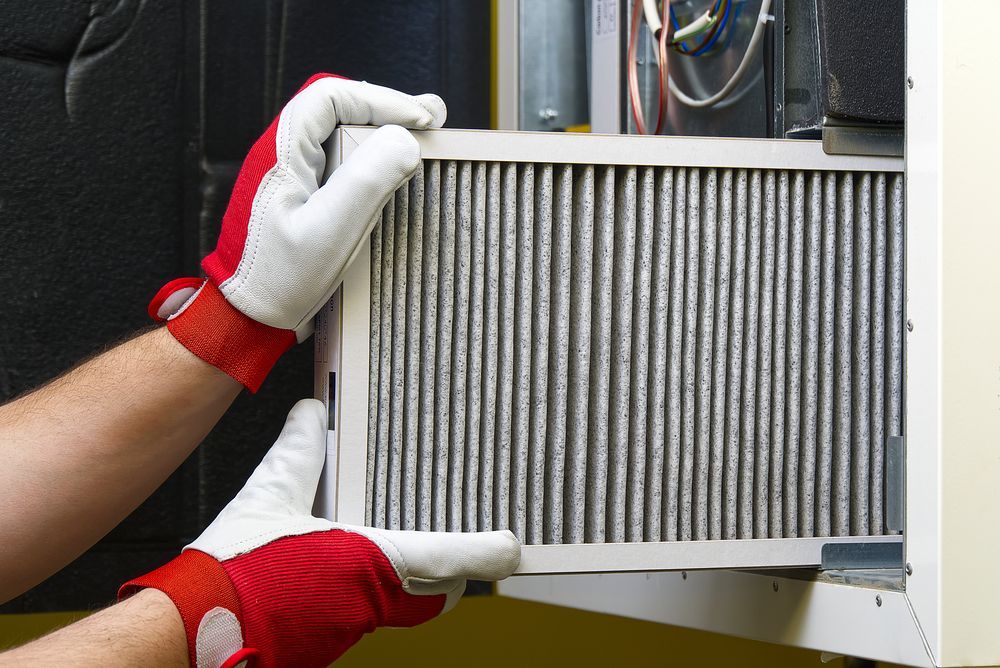
Share On: